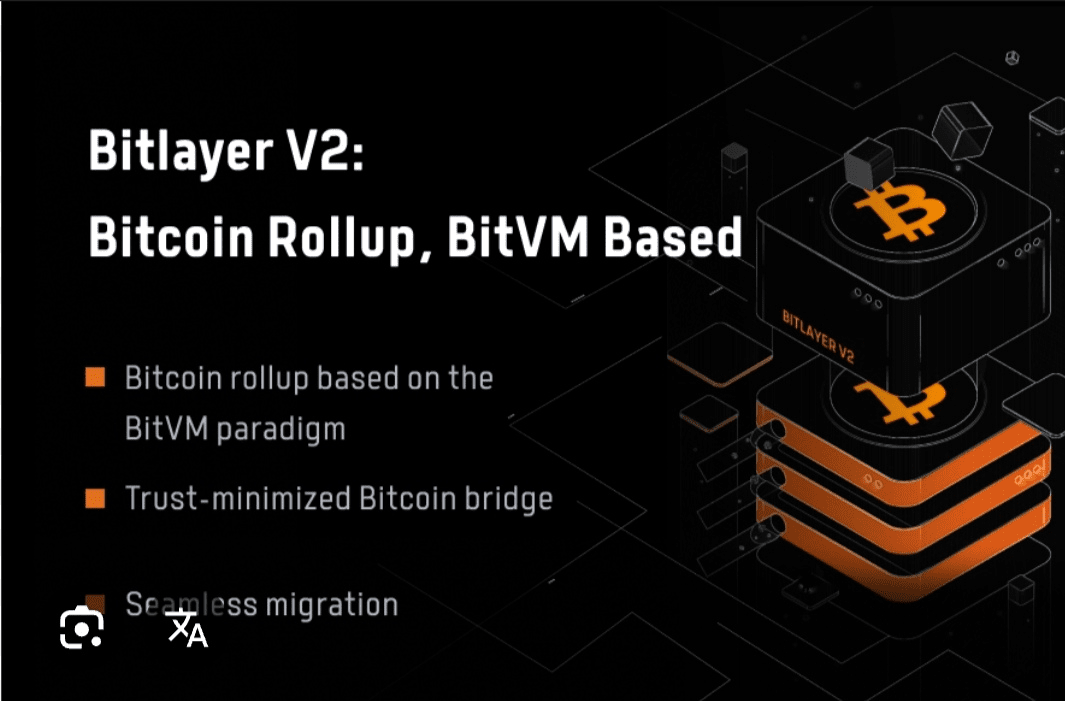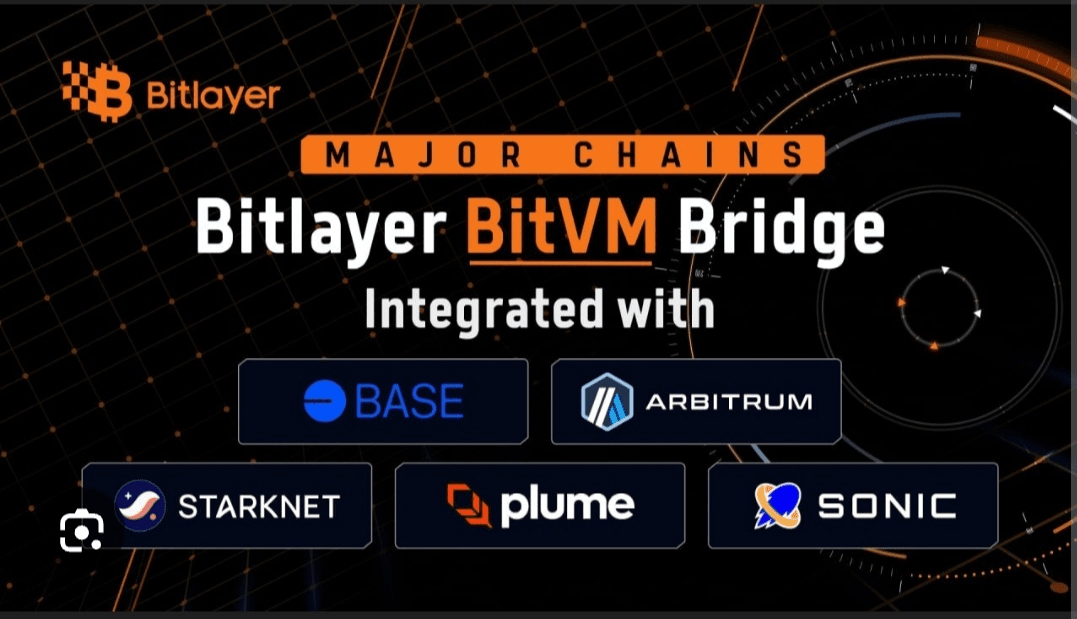@BitlayerLabs Airdrop for developers. #BTCUnbound
This article provides an in-depth analysis of Bitlayer and its role in the Bitcoin Layer 2 ecosystem. Bitlayer uses layered virtual machine technology and zero-knowledge proofs to solve fundamental problems such as trust, security, and Turing completeness. The article also introduces several original projects in the Bitlayer ecosystem, such as Bombpad, Macaron, Cat Driving Bitcoin (CBD), Trust In Finance, and Nicoswap, and discusses their status and potential in the Bitlayer ecosystem. Furthermore, it mentions Bitlayer's ecosystem incentive plan and its advantages in the Layer 2 competition.
Expectations for Bitcoin Layer 2

Bitcoin was originally designed for use in electronic payment systems. Therefore, for security and stability, the design of Turing-incomplete scripting languages limits Bitcoin's ability to perform complex calculations. Bitcoin exists as digital gold for storing value. With the explosion of the environment on public chains such as Ethereum and Solana, in order to activate the trillion-dollar assets dormant in the Bitcoin ecosystem, developers have also been exploring expansion solutions for the Bitcoin ecosystem, but the technical limitations of solutions such as sidechains and lightning networks still exist, so it has been lukewarm.
The Inscription wave launched by Ordinals in 2023 created a new asset form for the Bitcoin system, and sparked more thinking and exploration of Bitcoin's scalability and programmability in the market. A series of new Layer2 solutions such as Merlin and B² Network have also emerged, using programming to create a series of DeFi applications such as Swap, lending, and liquidity mining to expand new application scenarios in the Bitcoin system.
Most Layer-2s in the market currently participate in on-chain scenarios such as DeFi by bridging liquidity to the Ethereum ecosystem and pairing with the Ethereum ecosystem. However, many Layer2 withdrawal bridges are essentially multi-signature bridges. Bridge schemes that manage public assets through multiple signatures often involve trust risks and cannot allow users to withdraw assets at any time in a non-trusting manner. For many BTC holders, they have no incentive and are not confident in linking BTC assets to the Ethereum ecosystem for unknown returns. After all, the security of funds is the cornerstone of all returns. Therefore, the ideal Bitcoin Layer 2 must inherit the security features of Bitcoin and be able to build a scalable and programmable financial infrastructure on-chain.
Bitlayer has high expectations as a core supporter in Layer 2
As the leader in BTC Layer2, Bitlayer uses Layered Virtual Machine technology, with Zero-Knowledge Proof (ZKP) mechanics and Optimistic Verification (OP) mechanisms to support a wide range of computational tasks. In addition, Bitlayer built a bridge for two-way locked assets by its innovative OP-DLC and BitVM bridge technologies, deriving the security of the first layer from Bitcoin.
Bitlayer's core technological innovation lies in the adoption of the latest BitVM computing model and the OP-DLC bridge.
Compared to other Bitcoin Layer 2 solutions, Bitlayer aims to solve three fundamental problems facing Layer 2 and proposes corresponding solutions:
Trustless 2-Way Peg - By combining OP-DLC with the BitVM bridge, a new model is proposed that goes beyond the traditional multi-signature model, enabling trustless two-way asset flow between the Bitcoin main chain and Bitlayer.
Layer 1 Verification - Maintaining Bitcoin's security through BitVM.
Turing Completeness - Supports multiple virtual machines and achieves a 100% compatible environment with the Ethereum Virtual Machine (EVM).
Token Distribution (Ready Player One)
In addition to core technology, the prosperity of the on-chain ecosystem is also crucial for chain development. In order to encourage DEX, Wallet, NFT Marketplace, Lending, LSD, Bridge, Stablecoin and other types of projects to be built on Bitlayer, Bitlayer officially announced a series of environmental incentive plans on March 29. The first event, Ready Player One, will issue $50 million worth of public chain tokens to environmental builders and project parties. According to official data, to date, Ready Player One has attracted more than 800 project registrations. Before the vote ends on May 10, users can actively participate in the vote and earn "Player No. 1" activity points. At the same time, registered project teams can accumulate popularity points, which will help them occupy a favorable position in the official Bitlayer rankings to win more rewards and airdrop grants for developers.




